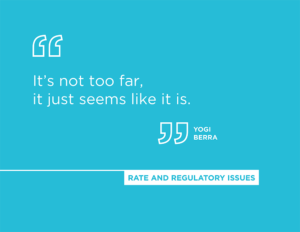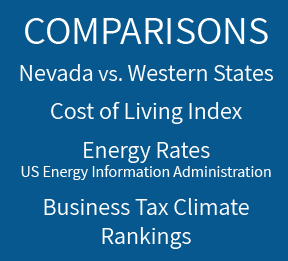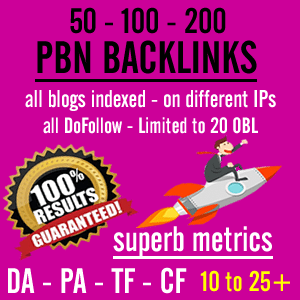
Find Your Perfections with the Finest Company Energy Choices Now
Specific devices or situations require different types of voltage and power. In this how-to, we explain to you in 6 simple steps which type of generator – generator fits best with your situation and what you should all take into account. You need to be specific on the choice of the TXU Energy rates now.
What Is A Generator Aggregate?
A generator set is a device that simply generates electricity by burning fuel in an engine block and converting this mechanical energy into electrical energy. The terms “generator” and “aggregate” are used interchangeably. In the remainder of this how-to, we, therefore, refer to generators.
Generators are used in locations where too little or no power is available. These devices can also be used in places where continuous power supply is very important, such as in a hospital or company. If your power fails, a generator is a good solution to get power again. But how do you choose the best generator for your situation?

Follow the steps To Choose The Best Generator For Your Situation
If you want to buy a generator, there are some important points of interest. We, therefore, explain in 6 steps how you choose the best generator for your situation.
Do You Need 230v Or 400v As A Voltage?
Determine which voltage you need. In your meter cupboard, this can be 230V or 400V. Do you want the generator to take over the entire mains voltage, ie the entire power supply in your house? Then always call in a recognized installer who has experience with the desired setup. You will then need, in addition to a suitable generator, additional equipment such as a grid takeover panel (this ensures that your equipment does not inadvertently receive a double supply of voltage from the working generator and from the energy company when the power failure is resolved). Given the specialist nature and the many specific arrangements and wishes, we would like to refer you to a (local) specialized installer.
For most people, however, a free arrangement of the generator to which the equipment is connected is sufficient. If you want to supply peripheral equipment with power, which requires power current (connection voltage of 400V), such as a 400V welding machine or compressor, you choose a generator that has a 3-phase (400V) connection. Do you only want to connect a coffee maker, refrigerator or drilling machine? Then a single-phase (230V) is sufficient, such as the Denqbar DQ-0228 3.6kW Inverter Generator – Generator with remote control 3600ER of 230 Volt.
Which Devices Do You Want To Connect?
Not all equipment can be connected to every type of generator. A generator generates a fluctuating output voltage (Volt) when it is not equipped with extra tools. This means that there is variation in the Voltage that it outputs. Certain devices, such as a computer or HR boiler, cannot handle this. These are very sensitive devices.
If you want to connect this, you should ideally look for an inverter generator. This has an electronic voltage regulator, which provides a very nice sine wave voltage, which all peripherals can handle. An inverter generator is compact and handy to use and, moreover, makes little noise due to its noise-reducing housing. This silent generator is therefore suitable for connecting sensitive temperatures, such as a laptop, computer or television and ideal on a boat, camping or festival!



